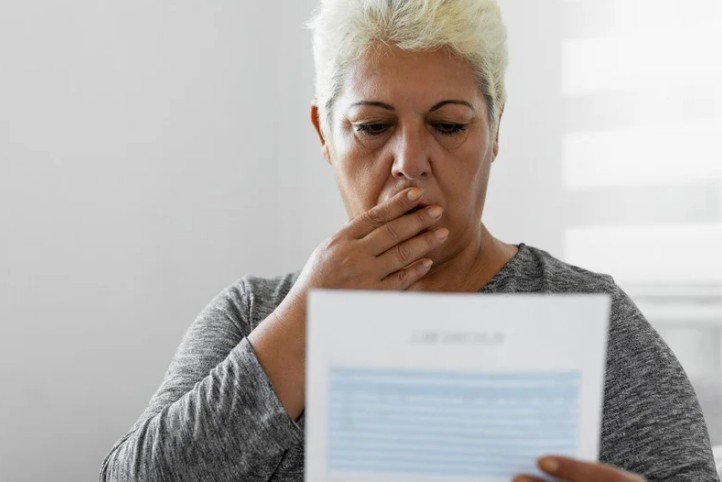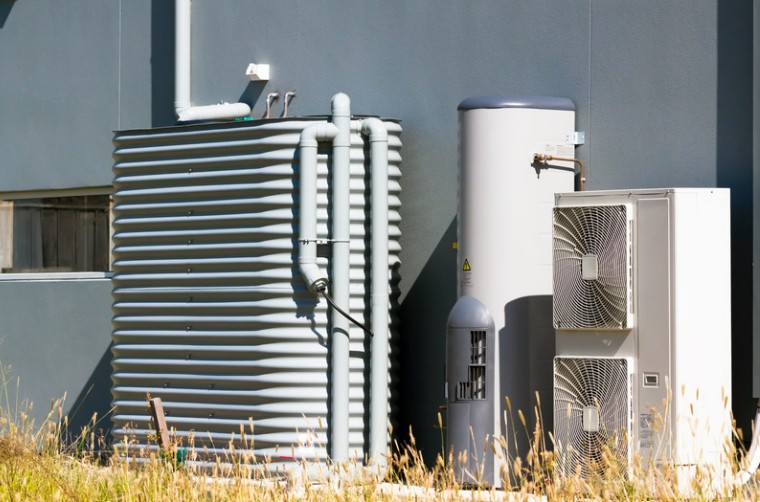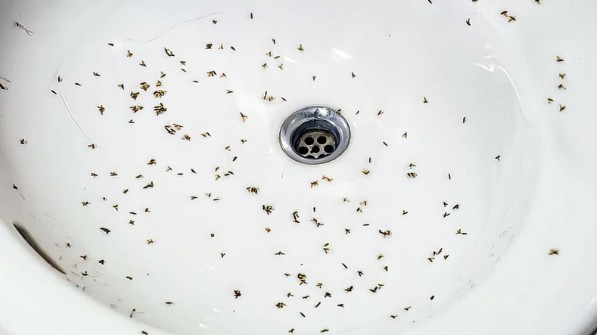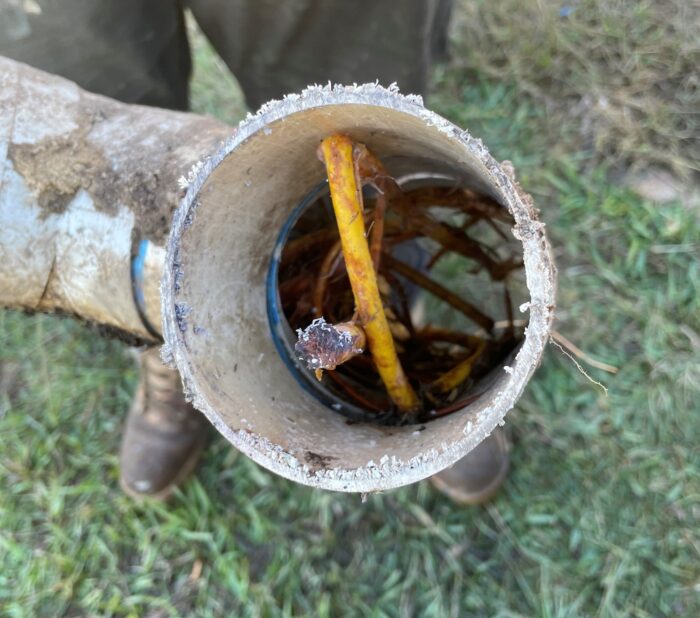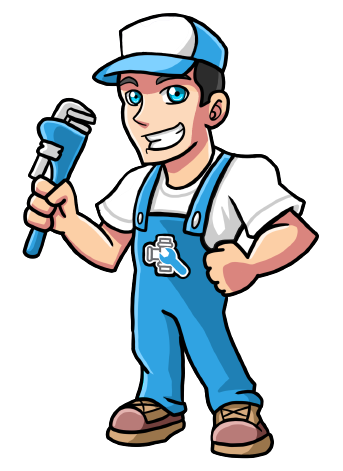Five Reasons Why You’re Running Out of Hot Water
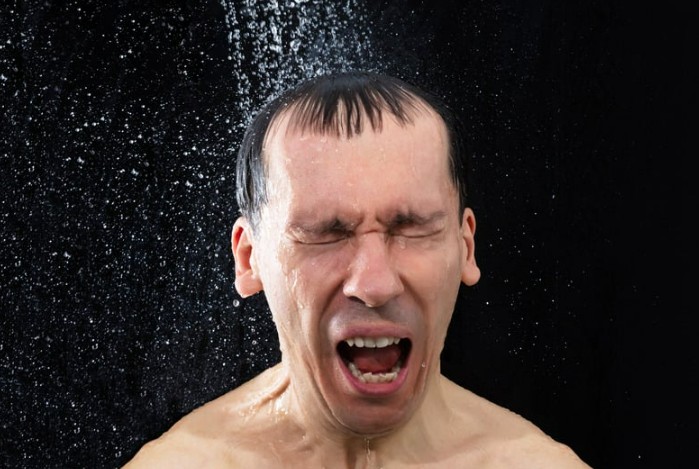
Running out of hot water during your morning shower ranks among life’s most annoying moments. It can be a truly uncomfortable way to wake up (unless cold showers are your thing). It’s also a sign that something is affecting your hot water system.
Hot water systems usually work well for about 10 years before problems start to occur. Your system’s quick drainage could be due to sediment buildup, faulty heating elements, or even tiny leaks that empty the tank faster than it fills up. On top of that, your existing water heater might be too small if your family has grown or you’ve added new appliances.
Here are five of the most common reasons behind your hot water problems and practical solutions to keep your showers comfortably warm from beginning to end.
1. Your Hot Water Tank Might Be Too Small
A tank that’s too small runs out fast. This isn’t a maintenance issue; it’s a mismatch between your system and your needs.
Signs It’s Too Small
– Hot water runs out during peak times
– You can’t use multiple hot water appliances at once
– Long recovery time between uses
Why Size Matters
The First Hour Rating (FHR) tells you how much hot water your tank can deliver. If your family needs 66 litres during peak use but your tank only provides 50, you’ll fall short.
Finding the Right Size
It’s not just about household size. Consider how many showers happen at once, appliance use, and fixture flow rates. Even heat loss through pipes affects your needs.
System Types and Sizing
– Storage: A four-person home needs a 270–315L heat pump or 135–170L gas system
– Tankless: Size based on combined flow rate at peak use
– Solar: Needs larger tanks: 300–360L for a four-person home
Right-sizing your system avoids cold showers, boosts efficiency, and can lower your bills.

2. Sediment Buildup Is Reducing Efficiency
Minerals in your water form sediment that settles in your tank, reducing efficiency and hot water supply over time.
How It Hurts Performance
Sediment buildup in your hot water system hurts performance in several ways. It acts as insulation, slowing down the heating process and making it less efficient. The sediment also takes up space in the tank, reducing the amount of hot water available. Over time, it increases wear on components and drives up energy usage. In severe cases, it can lead to rust, leaks, and cloudy or discoloured water.
Warning Signs
– Popping or rumbling noises
– Water takes longer to heat or runs out faster
– Lukewarm or fluctuating temperatures
– Cloudy or rusty water
Fixes and Prevention
– Flush annually: Drain the tank to remove buildup
– Use water softeners: Prevent mineral deposits
– Install sediment filters: Block particles from entering the tank
– Maintain ideal temp (49°C): Reduces mineral precipitation
– Get professional servicing yearly
– Consider tankless: Fewer sediment issues, but still need descaling
Stay ahead of sediment to keep your system efficient and extend its life.
3. Your Heating Element Could Be Failing
In electric systems, heating elements are essential. If one fails, you’ll quickly notice a drop in hot water availability.
Two elements (top and bottom) heat water in stages. If one fails, your tank can’t keep up.
Signs of Failure
– No hot water (likely upper element)
– Hot water runs out quickly or is lukewarm (likely lower element)
– Inconsistent temperatures
– Tripped breakers
– Unusual noises
Testing the Element
Use a multimeter to check resistance (should read 10–30 ohms). No reading or 0 means it’s faulty.
Replacement Options
DIY kits are available, but we strongly recommend hiring a professional for replacing something as crucial as your hot water system. The team at Parker Plumbing have extensive experience in system repairs and replacements. Quick and professional help makes all the difference when your system fails. Get in touch today.
Tip: Replace both elements at once, as they often wear out together.
Prevention Tips
– Flush the tank regularly
– Monitor water quality
– Schedule annual maintenance
A failing element limits performance, but quick detection and replacement keep your water hot and your system running strong.
4. Thermostat or Tempering Valve Issues
If your hot water runs out quickly despite a clean, well-sized tank, your thermostat or tempering valve could be to blame. These components regulate water temperature and ensure it’s safely delivered to your taps.
How They Work
Thermostats in electric systems monitor tank temperature and activate heating elements as needed, usually set to 60°C to prevent bacteria. Tempering valves blend hot tank water with cold to deliver water at a safe 50°C max, protecting you from scalds.
Common Failures
Faulty thermostats may stop heating water too early, leaving it lukewarm.
Malfunctioning tempering valves can mix too much or too little cold water, causing fluctuating or dangerously hot temperatures.
Warning Signs
– Water that’s too hot, too cold or changes during use
– Consistently lukewarm water
– Whistling or rumbling noises from the valve
– Leaks around valve fittings
Fixes and Maintenance
Reset or replace thermostats if they misread temperatures. Use the reset button (usually red) after turning off power.
Tempering valves may need flushing, adjustment, or replacement, especially after 5–8 years. Choose the right type for your system (e.g., blue cap for electric, green for gas).
Temperature Safety
Water must stay above 60°C to prevent Legionella, but should be delivered below 50°C to avoid burns. Keeping your thermostat and tempering valve in good condition helps strike this balance.
5. Leaks Are Draining Your Hot Water Supply
Leaks can silently deplete your hot water before you even turn on the tap.
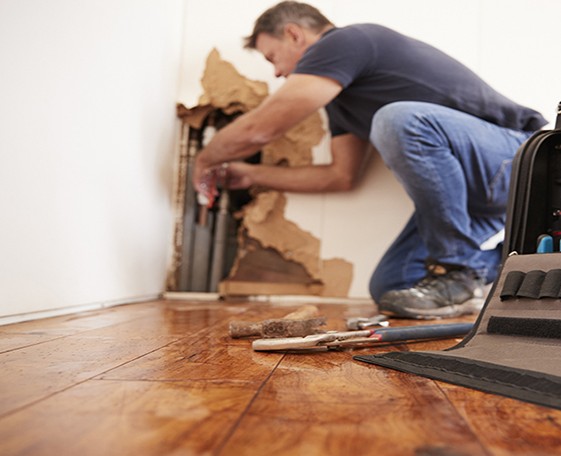
Where Leaks Happen
– Tank base: Often caused by internal corrosion from sediment buildup.
– Drain valves: Can wear out or loosen over time.
– T&P relief valves: Leak when under high pressure or if faulty.
– Inlet/outlet pipes: Prone to loosening from heat expansion and contraction.
Why It’s Serious
Leaks not only waste water but can cause slippery floors and mould growth. They can also damage electrical components, posing a fire risk.
What to Do
1. Switch off your system’s power immediately
2. Shut off the cold water supply
3. Identify the leak source (without touching components)
4. Use leak sensors for early detection
Prevention Tips
– Schedule annual professional inspections
– Flush your tank regularly to reduce sediment
– Replace worn valves and connections before they fail
For the Rapid Return of Your Hot Water, Choose Parker Plumbing
Hot water has an annoying habit of dropping at the most inconvenient times, but it is not something that should be ignored.
Parker Plumbing installs all types of water heaters throughout Ipswich and Brisbane. Whether you need a replacement or repairs, our team of licensed Master Plumbers are ready to help.
To learn more about our hot water system services, click here. Or call us at 07 3177 2019.
Contact Us

Dan Parker is the Director of Parker Plumbing and has over 16+ years of experience in the plumbing industry. His commitment to providing exceptional customer service means that he has seen it all – anything to do with residential or commercial plumbing, he knows what to do. Passionate about helping people in his community, Dan strives to offer honest and reliable plumbing services in the Brisbane and Ipswich areas.
